In recent years i exotic fruits they are increasingly becoming part of the eating habits of Italians. In most cases it is tropical fruit imported, which is sold in fruit and vegetable stalls at high prices. But these fruits can become an interesting opportunity to differentiate the production of farms, thanks to the high profit margins. However, even those who do not have a company can decide to cultivate them in the family orchard out of pure passion. In fact, growing these plants in a healthy and natural way is also possible in Italy. This is because of the climate changes in place, which make our environment more conducive to planting of trees of tropical origin. In fact, there are already some successful experiencesgiven that people prefer to buy exotic fruit grown in Italy.
In this article we see which are the 5 species of exotic fruits that can be planted more easily in our country.
Where to grow exotic fruits in Italy
The exotic fruits come from tropical or subtropical areas, such as South America or Southeast Asia, where the climate is particularly hot throughout the year and, in addition, some periods are very rainy and humid. In our country, the ideal regions for growing exotic fruits are the southern ones and the major islands. The first specialized orchards have in fact settled in Sicily, Puglia, Calabria and Sardinia, especially along the coasts; in practice, the area of cultivation of lemons, oranges and, in general, of the citrus fruits (that is, where there is a mild climate even in winter and frosts are increasingly rare, since it is the frost the main limit of the cultivation of exotic fruits in Italy, when these are found in open fields).
The species we will deal with cannot withstand sub-zero temperatures for long periods and need adequate water availability in summer to compensate for drought.
How to grow exotic fruits in Central and Northern Italy
Exotic fruits can also be grown in the central-northern Italian regions. However, we need to be more careful. In the case of a new plant, cultivation in a heated greenhouse is certainly recommended, where winter temperatures can be mitigated. The problem with this solution is that it involves considerable management costs.
Another alternative, specific for family orchards, is the cultivation of tropical fruits in pots, so as to protect the trees when the bitter cold arrives.
The 5 best species of exotic fruits to grow in Italy
The avocado
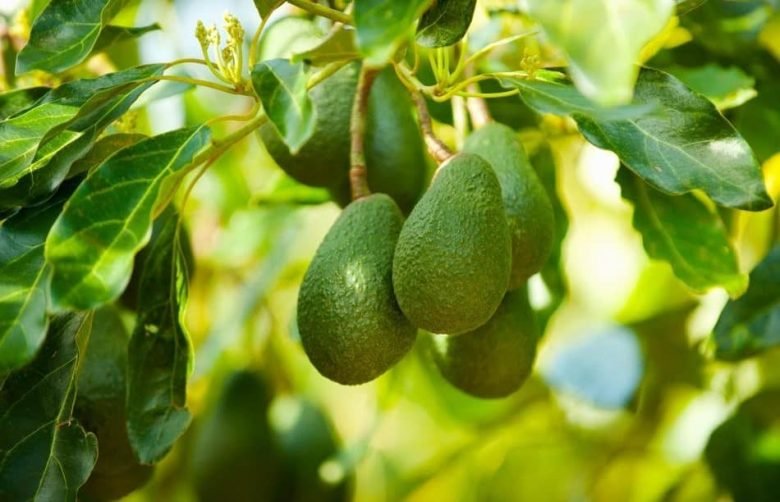
In the first place among the exotic fruits to be grown in Italy we certainly put theavocadobotanical name American Persea. Starting the cultivation of this tree is very simple starting from its large seed, which is partially placed in water and supported with toothpicks. However, it is more complex to bring the tree to bear fruit. It is a cross-pollinated species, and therefore needs specimens of different varieties in order to bear fruit. Very often, therefore, avocado is grown in pots as a simple, medium-sized ornamental plant.
In the South, on the other hand, it is successfully cultivated intensively in Sicily and Puglia, giving farmers great satisfaction. The soft fruits ripen in our latitudes in autumn. They are usually employed in tasty recipesthe most famous of which is the guacamole sauce.
The mango
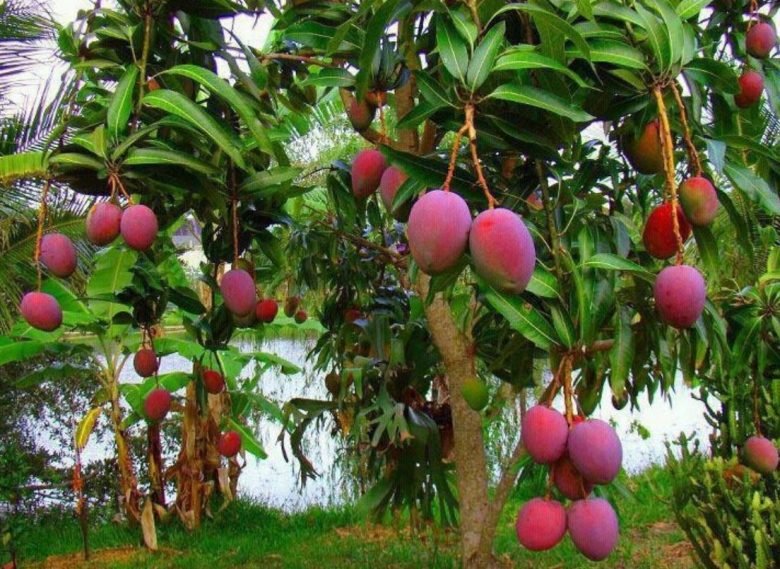
Another particularly popular exotic fruit is the mango, Mangifera indicates. Known as the king of fruits, is a species native to India. It is successfully grown on all 5 continents, and is arguably the most consumed fruit in the world. In the areas of origin, the mango tree is impressive and can even exceed 40 m in height. In our latitudes, particularly in Sicily, smaller varieties are grown, which are better suited to our climate. The mango, among the exotic trees, is the most sensitive to frost, which it really does not tolerate. On the other hand, it bears the heat very well, even with temperatures reaching 50 ° C! The species is self-fertile, and therefore can also be cultivated in single specimens.
The fruit is sweet and soft and ripens from summer to autumn. It is harvested when it starts to change color and is still a bit unripe. It must not ripen too much on the plant.
The finger lime
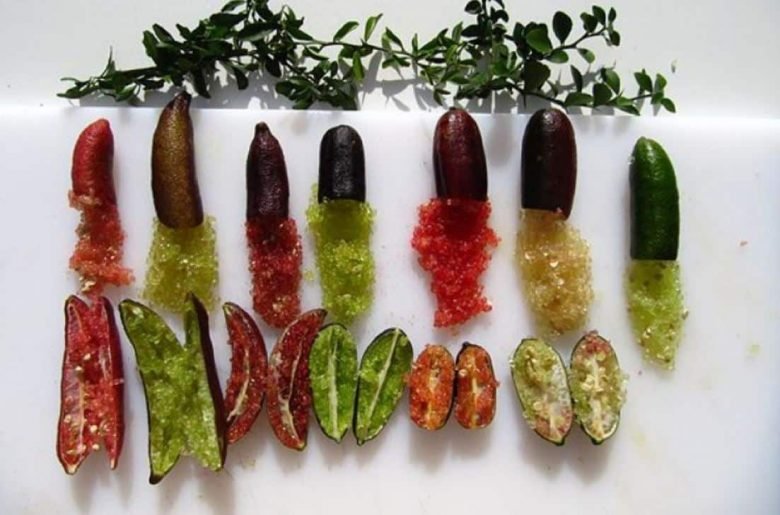
Among the exotic fruits, the most valuable from an economic point of view is certainly the finger lime, Citrus australasica, also known as lemon caviar. It is a small citrus plant of Australian origin, very similar to the more Mediterranean lemon. The finger lime gives life to a small plant, which usually does not exceed 2-3 meters in height. It is therefore ideal for greenhouse or pot cultivation. Its peculiarity is in its fruits, which can reach exorbitant prices on the market. We are talking about small cylindrical and elongated citrus fruits, with different colors depending on the variety. Inside they are composed of many small cylindrical vesicles, which are not enclosed in a film as is the case for the atria citrus fruits. They are reminiscent of the appearance of caviar and when they are cut the vesicles fall cascade.
The dragon fruit
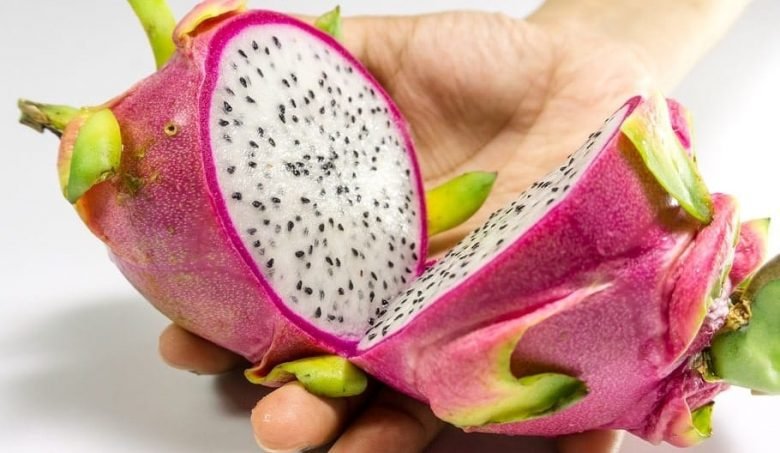
The dragon fruit, Hylocereus undatusis known throughout the world under the name of pitaya. It is native to South America, but is now widespread everywhere. It is a kind of cactus, in some respects very similar to ours prickly pear. It gives life to a very beautiful plant from an ornamental point of view, which just like the prickly pear does easily reproduces by cutting. It resists drought very well and does not need irrigation in the open ground. Unfortunately it tolerates less frost. To understand if it can be grown in your area, see if there are already prickly pears, in which case you can take a risk. The fruits of the dragon are very particular, they are cylindrical and covered with scales that resemble the skin of a dragon. They are usually red, with white, soft, sweet pulp and very similar in texture to Kiwi (in fact, they can also be eaten directly with a spoon).
Annona it
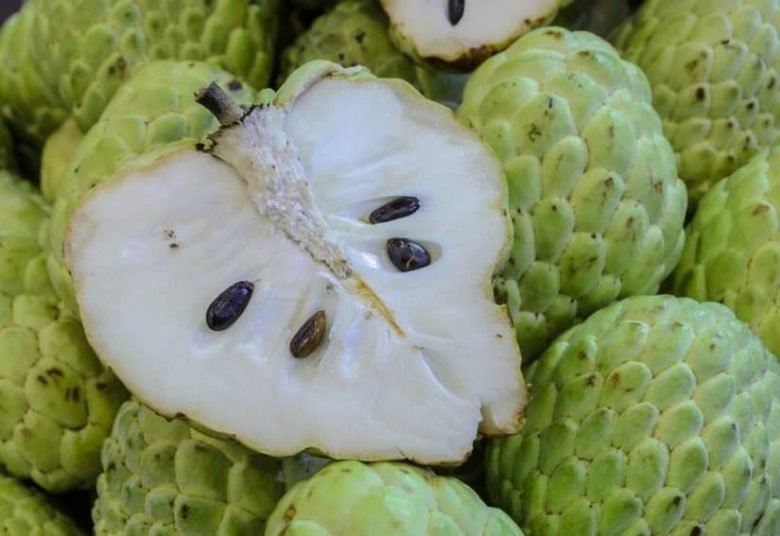
We close our review on the best exotic fruits to grow in Italy with theAnnona cherimola. It is a very particular fruit, an example of how some species can adapt very well in our country. The annona has been cultivated for a long time in Calabria, specifically in the province of Reggio Calabria, where it is considered a typical fruit of the area. It is a rustic plant, which does not need special care and adapts well to difficult soil conditions. The fruits are very beautiful, can easily exceed 500 g in weight and can be transformed into tasty jams. They have a white and soft pulp, which contains flat and black seeds. The plant is perfect for growing in a family orchard.
Where to buy exotic fruits
To start an amateur or professional cultivation of exotic fruits, you need to find good plants. There are nurseries specializing in tropical fruit, where you can buy guaranteed and certified tree specimens free from disease. It is very important to contact a good nursery, in fact, sometimes the economic outlay for a single plant can be expensive. So better not to run into scams.
At these specialized nurseries you can also find other exotic trees such as jabuticaba, tamarillo, banana, mountain banana, guava, papaya, feijoa, lychees, pecans, kumquat etc.

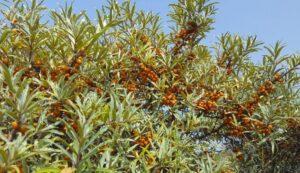
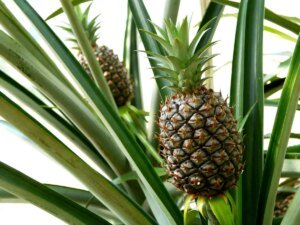
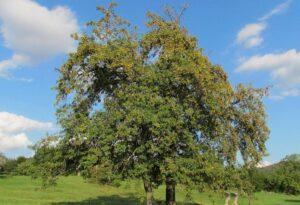
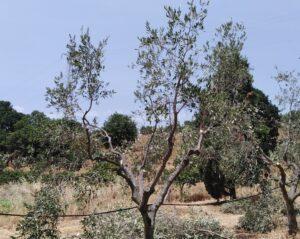
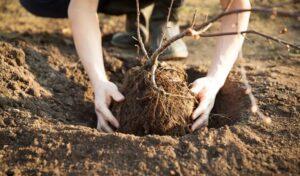
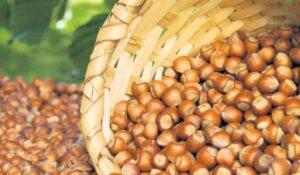
Start a new Thread